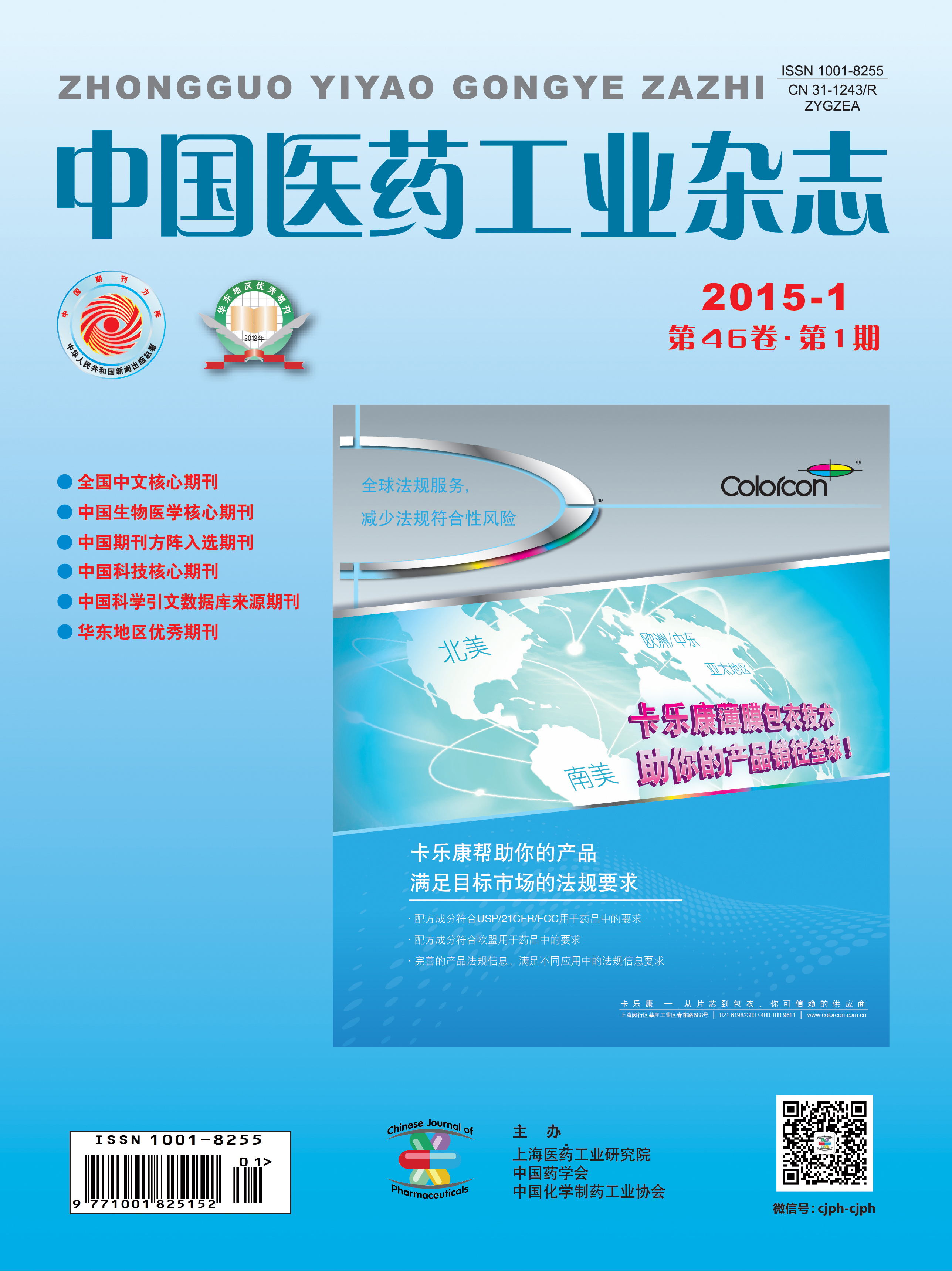ZHAO Xi1,2, KANG Hui1,2, YANG Hanyu1,2*, WANG Manman1,2, GAO Na1,2
2015, 46(1): 44-47.
A LC-MS/MS method was established for the determination of atorvastatin (1) and its active metabolites, ortho-hydroxy-atorvastatin (2) and para-hydroxy-atorvastatin (3), in human and Beagle dog plasma after oral administration of atorvastatin calcium tablets. The pharmacokinetic parameters of 1, 2 and 3 were calculated and compared. The results indicated that the parent drug 1 was the main format circulated in human bodies, and the active metabolite 3 was not detected. While in Beagle dogs, the active metabolite 2 was the main format, with co-existence of parent drug 1 accounting for 30% as well as metabolite 3 accounting for 5%. The half life time of 1 in human bodies was about three times as long as that in Beagle dogs, while its clearance in human bodies was about 65% of that in Beagle dogs. In conclusion, there were significant pharmacokinetic differences of 1 between human and Beagle dogs. Both
metabolism velocity and extent of parent drug in Beagle dogs were significantly higher than those in human bodies.
